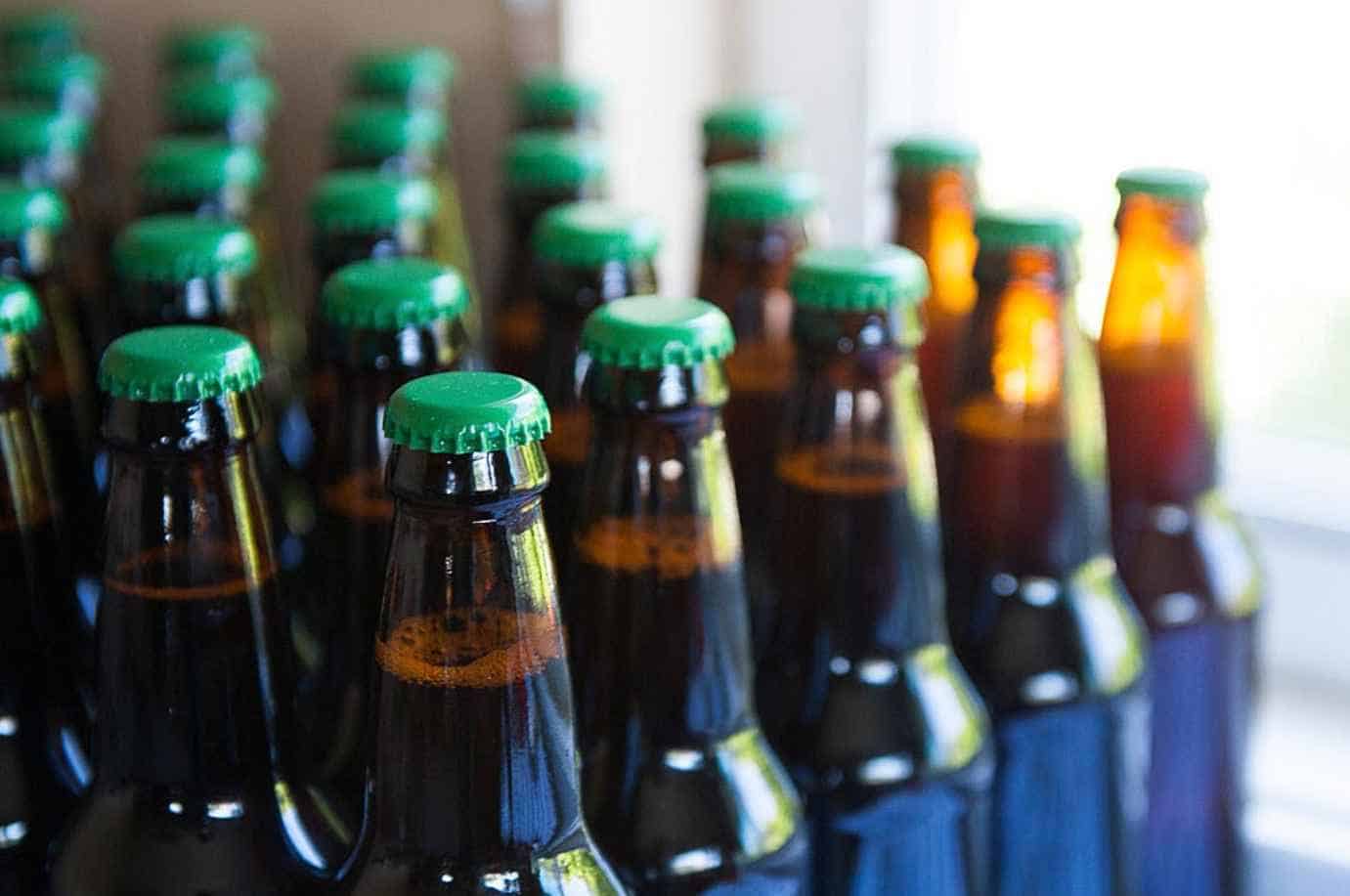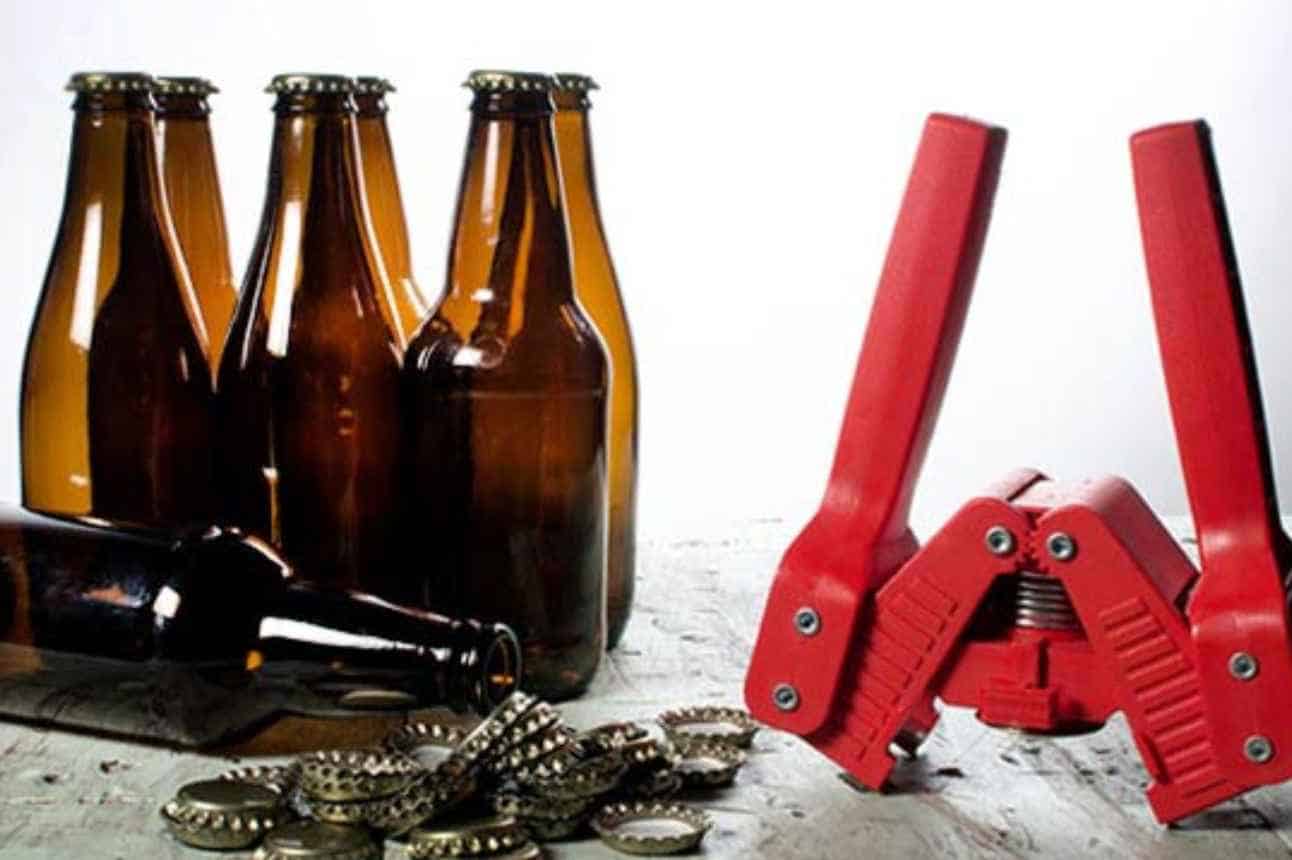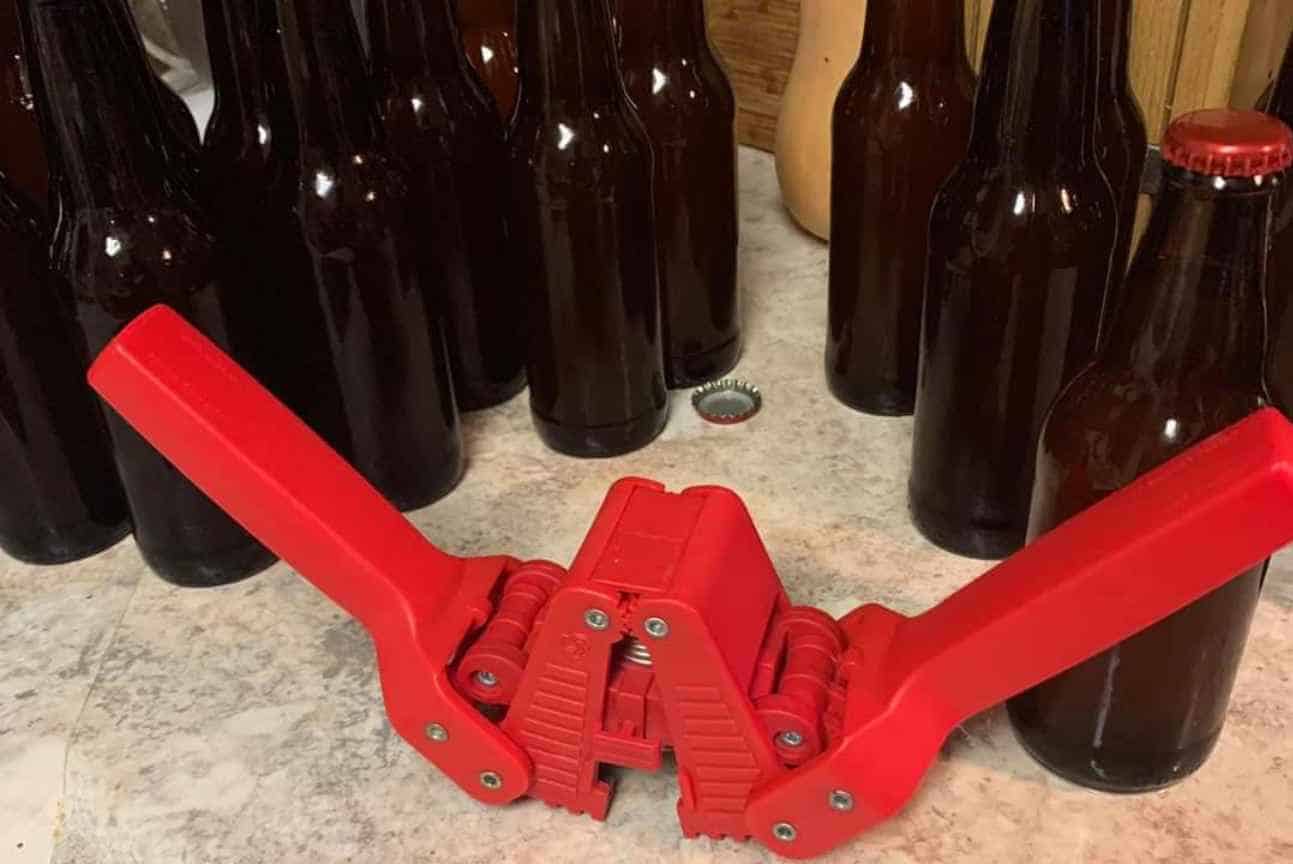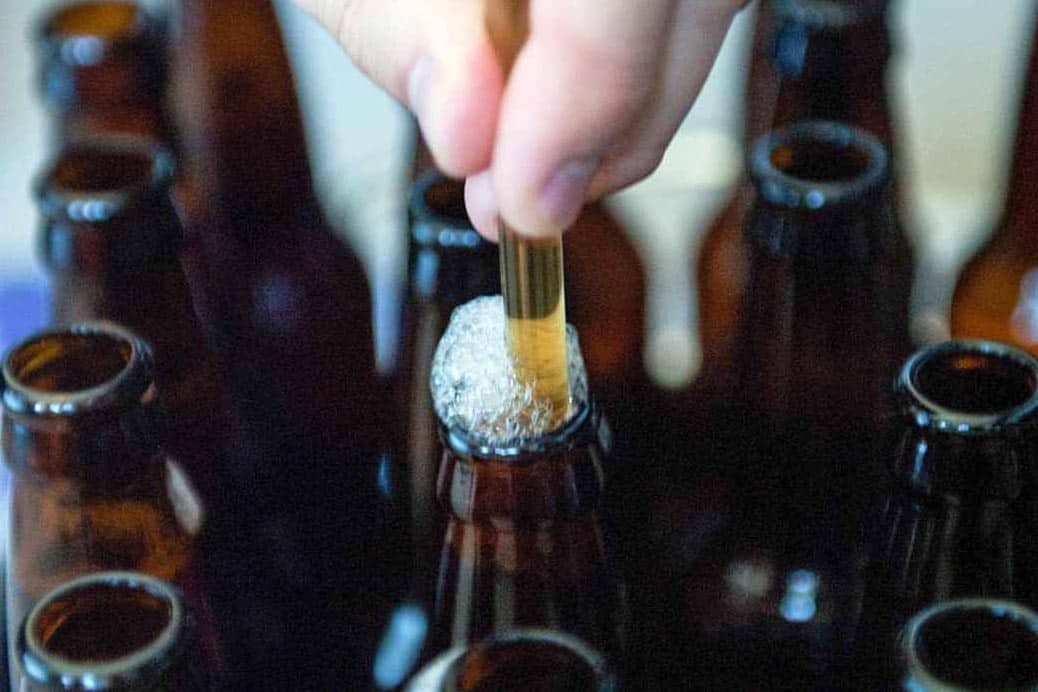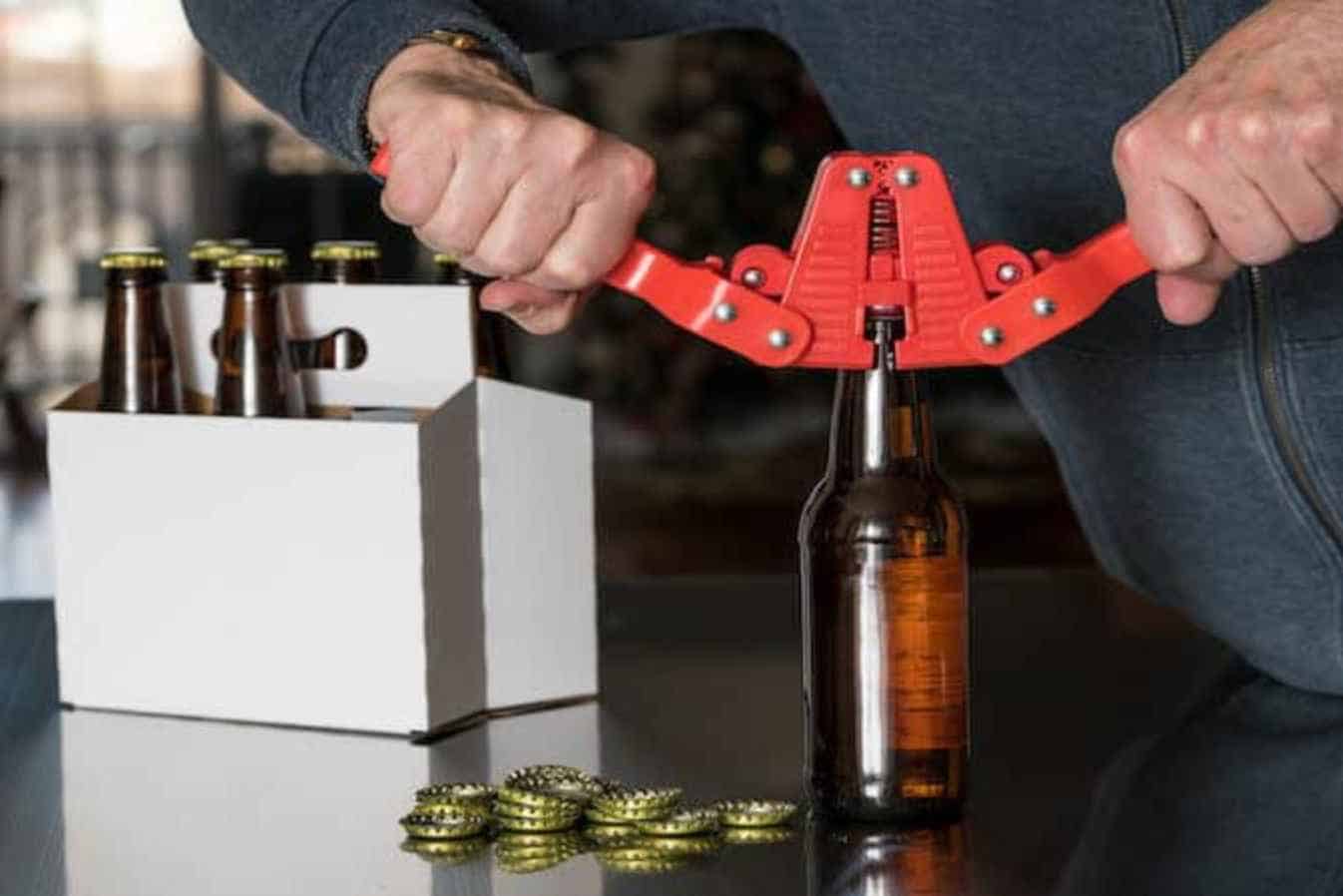Bottling beer preserves the quality and freshness of your homebrewed beer until it is ready to be consumed.
Securely bottled beer allows you to easily store, transport, and share your homebrewed beer with others. It is important to know and carefully follow the instructions on how to bottle beer to ensure that the process is done properly and maintains the beer quality.
You have several factors to consider in bottling beer: the type of container to use, beer type, and desired shelf life are the primary concerns. Bottling is relatively simpler than placing the beer in a keg, and it is even a cheaper alternative for those who are learning to bottle their beer.
Here is a quick guide on how to bottle beer.
Equipment Needed for Bottling Beer
You need a few things for bottling beer. Here are the things that you need to prepare:
- Desired bottle type
- Caps
- Siphon or bottling wand
- Bottling bucket
- Bottle filler
- Bottle capper
You always have to ensure that all the equipment you are about to use is clean and sanitized before the bottling process begins. Sanitation is crucial in bottling beer.
Instructions on How to Bottle Beer
There are a variety of factors that contribute to when is the best time to bottle beer. Knowing the fermentation process helps you out when to bottle your beer. Some brewers wait for at least 2 weeks before bottling the beer. Sooner than 2 weeks is ideal for wheat and hoppy beers.
If you want to preserve the hop characteristics, you should stay closer to the 2-week timeline. The longest waiting time to bottle a beer is a year or more, and sour ales have to be held this long to develop and create better flavor profiles.
1. Preparation of Materials and Beer
You have to prepare the materials for bottling beer; ensure that all the equipment is clean and sanitized. Prioritize sanitation in the bottling process.
Before you transfer the beer to a bottle, verify first if the fermentation process is complete. You have to check the specific gravity of the beers for 2 to 3 days apart.
The reading has to be the same on the days you checked their specific gravity to bottle it safely. Otherwise, the beer is still fermenting, and you have to wait until you have the same results. This prevents bottles from exploding or over-carbonation the beer.
Besides being careful in exposing bacteria to the bottles and over-carbonation, you should prevent oxygen into your beer to maintain a better shelf life.
2. Siphoning and Priming
A 5-galloon beer needs a 5-ounce priming sugar to carbonate. Assuming the amount of beer you have to carbonate, boil the priming sugar in a cup of water for less than 2 minutes. Let it cool to room temperature.
The cooling process is crucial when using a glass carboy to prevent the glass from breaking. Once the liquid is cooled, pour it into the bucket and siphon the beer. Sediments will be left in the fermenter.
You have to ensure that the siphon hose is at the bottom of the bottling bucket to ensure that the primed sugar mixes with the beer evenly and results in a uniform carbonation.
3. Filling and Capping
The time has come to fill the beer bottles. The bottling bucket has a spigot at the bottom.
Attach the siphon hose to the spigot and the other end of the hose to the bottle filler. Insert the bottle filler into the beer bottle and open the spigot. Although gravity helps let the beer flow, the beer does not immediately come out.
You need to let the bottle filler go against the bottom of the bottle to let the beer flow. The spring-loaded valve opens and closes when it is pushed against the bottom of the bottles and allow the beer to fill in the bottle without dripping in between fills.
Leave about ¾ inch of headroom at the top of the bottle and carefully place the cap. Position the capper, introduce pressure on the capper handles, and pull down to the side of the bottle.
4. Condition and Storage
After the beer is bottled, let the beer condition for 3 weeks. Even when the carbonation is finished, fermentation may still happen inside the bottle.
Letting the beer condition assures that the carbonation is all set. Some beer styles may continue to improve their flavor after bottling and during conditioning. But you have to remember that each beer has its timeline and should not be generalized by its style. It is essential to stick to its recipe.
Tips on Bottling Beer
The process on how to bottle beer is generic. It may be simple to read and imagine, but it becomes challenging once you are in the situation. Here are a few tips to make your bottling beer process a success.
- Ensure the fermentation is finished before the bottling process. Use a hydrometer to check the beer gravity; it should have a stable reading for two days. If the reading changes, the beer is still fermenting. Bottling beers that are still fermenting results in bottle bombs.
- If you have problems with carbonation or prefer beer with less carbonation, reduce the amount of priming sugar. This eliminates the long-term carbonation but extends the carbonation time.
- Clean and sanitize glass bottles in your dishwasher. Before using the dishwasher to clean and sanitize the beer bottles, ensure that you have removed all the food and debris. Load up the bottles and run the dishwasher without dishwashing soap.
- Small yeast sediments may be present at the bottom of the bottle; these are the residual of priming sugar. Brewers call them “bottle conditioned”. Stop pouring the beer once you see the sediment.
Bottling beer is time-consuming, but time passes when you enjoy what you do. Follow the process and tips to ensure your homebrewing becomes successful.
Final Takeaway
The long wait is over. It is time to pour the beer into a glass. Inspect its color, smell, and carbonation. Is everything fine? You can now enjoy your beer.
Bottling beer is a challenging yet fulfilling process. You need a lot of patience, from preparing to siphoning and priming to filling and conditioning, and that’s how to bottle beer. Ready to brew your next batch?

As a homebrewer, Michael would get frustrated about the lack of brewing information on the internet. After hundreds of gallons of spoilt batches, Micheal had enough. And he founded Unknown Brewing as a resource for homebrewers.
